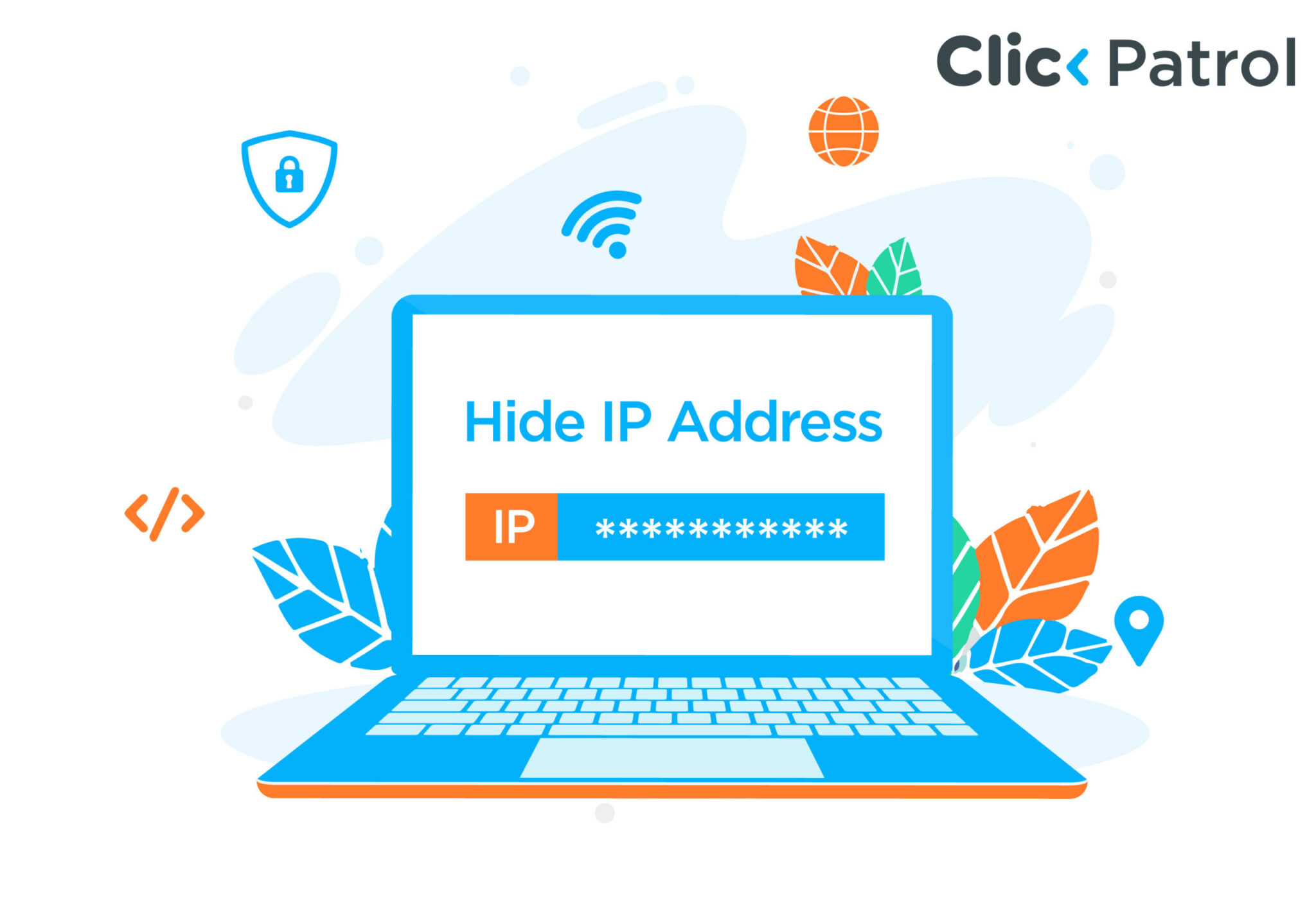
Spoof detection: How to identify and prevent cyber fraud
Abisola Tanzako | Apr 16, 2025

Table of Contents
- What is spoof detection?
- How spoofing works
- Why is spoofing dangerous?
- Best tools for spoof detection and prevention
- 1. Cybersecurity and authentication
- 2. Biometric spoof detection
- 3. Digital advertising and click fraud prevention
- 4. Financial fraud prevention
- Common spoofing attacks and how they work
- Methods for detecting spoofs
- Applications of spoof detection in the real world
- The best ways to prevent spoofing attacks
- Real-world case studies of successful spoof detection
- The importance of preventing spoofing
- FAQs
Cybercriminals use spoofing attacks in 40% of online fraud cases (Cybersecurity Ventures, 2024). Spoofing assaults, in which attackers pose as trustworthy sources, are a significant concern.
These attacks deceive users and security systems, leading to data breaches, identity theft, and financial fraud.
This article provides a detailed exploration of spoof detection, including its different types, detection techniques, real-world applications, and best practices for cybersecurity.
What is spoof detection?
Spoof detection is a security process that detects and prevents malicious attempts to impersonate a trusted identity, system, or network.
Attackers frequently alter authentication procedures, communication protocols, or biometric data to circumvent security controls.
How spoofing works
Spoofing is a deceptive tactic where attackers disguise their identities, devices, or networks to appear legitimate. It typically involves:
- Identity forgery occurs when hackers trick victims using fake emails, IP addresses, phone numbers, or biometric data. An example is a phishing email impersonating a bank to steal login credentials.
- Transmission manipulation: Cybercriminals alter network communications, such as DNS spoofing, to redirect users to fake websites.
- Exploiting security weaknesses: Attackers use weak authentication and human error, such as bypassing email security when SPF, DKIM, and DMARC are not in place.
Why is spoofing dangerous?
Spoofing attacks pose serious risks to individuals, businesses, and governments by enabling fraud, identity theft, and security breaches.
- Identity theft and financial fraud: Attackers impersonate banks or executives to steal sensitive information and money.
- Security breaches and data theft: Spoofing enables hackers to bypass security measures and access confidential systems in industries like finance and healthcare.
- Reputation damage: Businesses and individuals lose credibility due to phishing scams, deepfake videos, and fraud.
- National security threats: GPS and identity spoofing can mislead military operations, disrupt infrastructure, and manipulate public perception through AI-generated misinformation.
Best tools for spoof detection and prevention
Spoof detection and prevention tools help identify and block fraudulent attempts to manipulate digital systems, especially in cybersecurity, digital advertising, biometrics, and financial transactions.
Here are some of the best tools across different categories:
1. Cybersecurity and authentication
- Cloudflare bot management: Detects and mitigates bot-based spoofing attacks on websites.
- Google reCAPTCHA enterprise: Prevents automated spoofing attacks, such as fake account creation and credential stuffing.
- Arkose Labs: Uses behavioral analysis to identify spoofing attempts in real-time.
- Imperva advanced bot protection: Detects bot-driven fraud and account takeover attempts.
2. Biometric spoof detection
- iProov: Detects deepfake and presentation attacks in facial recognition.
- FaceTec: Uses liveness detection to prevent spoofing in biometric authentication.
- Neurotechnology MegaMatcher: Identifies fingerprint and facial spoofing with AI-powered liveness detection.
3. Digital advertising and click fraud prevention
- DoubleVerify: Identifies and blocks invalid traffic (IVT) and ad fraud.
- CHEQ essentials: Prevents fake clicks and bot traffic in paid ad campaigns.
- Fraudlogix: Detects domain spoofing and fraudulent impressions in programmatic advertising.
4. Financial fraud prevention
- SEON: Uses device fingerprinting and behavioral analytics to detect transaction spoofing.
- BioCatch: Analyzes user behavior to identify spoofed or fraudulent financial activities.
- Riskified: Prevents payment fraud and account takeovers in e-commerce transactions.
Common spoofing attacks and how they work
Spoofing attacks come in a variety of forms, each focusing on distinct weaknesses:
1. Email spoofing: Attackers forge sender addresses for phishing, scams, or malware.
- Prevention: Use SPF, DKIM, and DMARC; train staff to verify emails; deploy email filtering.
2. IP spoofing: Hackers fake IPs to hide identities, perform DDoS attacks, or infiltrate networks.
- Prevention: Use firewalls, packet filtering, reverse path verification, and monitor network traffic.
3. Caller ID spoofing: Attackers manipulate phone numbers for fraud and impersonation.
- Prevention: Verify unknown calls, use STIR/SHAKEN authentication, and report scam calls.
4. Biometric spoofing: Cybercriminals use deepfakes, voice cloning, or fake fingerprints.
- Prevention: Implement liveness detection (blink tests), multi-factor authentication, and deepfake detection.
5. GPS spoofing: Hackers fake GPS signals to mislead tracking systems.
- Prevention: Use encrypted GPS, multiple location sources (Wi-Fi, mobile towers), and AI-powered anomaly detection.
Methods for detecting spoofs
Security professionals employ a variety of detecting techniques to prevent spoofing attacks:
1. Behavioral analysis
- Keeps an eye on user activity and highlights odd patterns.
- For instance, a bank will issue a warning if it detects several login attempts from several places in minutes.
2. AI and machine learning-based detection
- AI models examine network patterns, speech recognition, and facial recognition to find abnormalities.
- For instance, AI analyzes abnormal eye movements or facial distortions to identify deepfake videos.
3. IP reputation monitoring
- Keeps track of questionable IP addresses and blocks them.
- For instance, websites block IPs from known fraudulent locations.
4. Biometric liveness detection
- Verifies 3D depth to distinguish between genuine users and spoofing efforts (avoids utilizing printed photographs).
- Blinking detection, which stops fake videos.
- Artificial fingerprints can be detected using infrared scanning.
5. Email filtering and authentication
- Uses DMARC, DKIM, and SPF to verify the legitimacy of email sources.
- Microsoft and Google, for instance, reject emails that don’t pass authentication tests.
Applications of spoof detection in the real world
Several businesses employ spoof detection to improve security and stop fraud:
1. Prevention of fraud and cybersecurity
- Banks stop illegal transactions with AI-powered fraud detection.
- E-commerce platforms use IP monitoring to stop fraudulent accounts.
2. Call verification and telecommunications
- STIR/SHAKEN protocols are used by mobile networks to validate caller IDs.
- Fraud detection tools look for signs of scams in calls.
3. Identity verification and biometric security
- To prevent identity fraud, airports utilize live detection and facial recognition.
- Government organizations use AI to identify deepfake passport images.
4. Prevention of ad fraud and digital marketing
- Advertisers use AI to identify click fraud and fake website traffic.
- Bot accounts are blocked by social media platforms using IP tracking.
The best ways to prevent spoofing attacks
Use these best practices to guard against spoofing attacks:
- Enable multi-factor authentication (MFA): Adds extra security with biometrics, OTPs, or security questions.
- Use AI-based fraud detection: Detects irregularities in biometric data and behavior to prevent deepfake and phishing attacks.
- Secure email systems: Use encrypted email services to set up DMARC, DKIM, and SPF.
- Monitor network traffic: Install IDS, firewalls, and VPNs to detect suspicious activity.
- Train users and employees: Educate them on spotting phishing emails, fake websites, and spoofed calls.
- Keep security systems updated: Regularly update firewalls, antivirus, and software to patch vulnerabilities.
Real-world case studies of successful spoof detection
iProov’s Liveness Detection Against Photo Attacks
1. Challenge: A government agency implementing a facial recognition system for online identity verification faced photo-based spoofing attempts. Attackers used printed photographs and high-quality digital displays to bypass authentication.
2. Solution: iProov’s Flashmark technology was deployed. This technology analyzes light reflections on a person’s face to distinguish between real users and spoofed images. The AI-driven system detected lighting, depth, and texture inconsistencies between real faces and printed or screen-displayed images.
3. Outcome:
- The system successfully rejected all photo-based spoofing attempts.
- Fraudsters failed to bypass security using high-quality photo-cut masks.
- The agency saw a 30% reduction in fraudulent login attempts within six months.
The importance of preventing spoofing
Spoofing is a dishonest and dynamic cyber threat that risks national security and results in financial loss, data breaches, and damage to one’s reputation.
Detection can be difficult because attackers modify digital identities and exploit trust. Strong security measures, such as multi-factor authentication, AI-driven detection, and ongoing cybersecurity awareness, are necessary for individuals and organizations to resist spoofing effectively.
Staying ahead of fraudsters and defending sensitive data from malevolent attempts need proactive prevention.
FAQs
Q. 1 Is it possible to identify the perpetrator of spoofing attacks?
Tracing spoofing attacks can be challenging because hackers utilize VPNs, botnets, and dynamic IP addresses to hide their whereabouts.
However, cybersecurity professionals employ traffic analysis, forensic methods, and AI-driven surveillance to track malicious behavior.
Q. 2 How do I respond to a suspicion of spoofing?
- Avoid responding to dubious calls, emails, or websites.
- Inform your IT department or email provider about phishing emails.
- Before answering requests for private information, be sure you have the official contact information.
- Change your account passwords and turn on security warnings.





